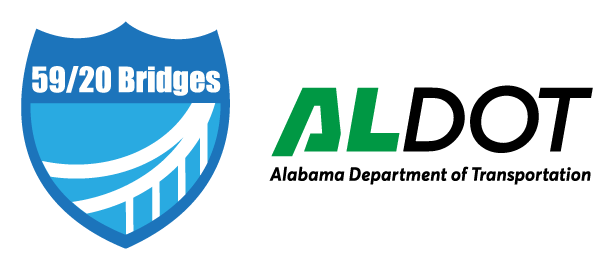In 2011, after consultation with the City of Birmingham and Jefferson County, it became clear that a simple re-deck would be insufficient to address the design deficiencies that currently subject motorists to persistent congestion and unsafe road conditions along I-59/20 through the Central Business District.
Reasons a simple re-deck is insufficient include:
No Shoulders
There are no shoulders on the current roadway, meaning emergency responders cannot remove disabled vehicles or address emergencies without causing traffic to stop.
Weaves
There are multiple areas in the relatively short 6,600-foot section of the elevated structure where motorists are forced to “weave,” or make unsafe lane crossings, in a short distance in high traffic conditions. The two primary weave areas are the sections between I-65 and the 17th Street exit and between Red Mountain Expressway and the 31st Street interchange.
High Congestion
High congestion leads to unsafe driving. The bridges were initially designed in the 1960s to carry approximately 80,000 vehicles per day. Today, the roadway is traveled by over 160,000 vehicles, more than double the capacity set forth in the initial design. By 2035, this number is projected to exceed 225,000 vehicles daily.
Outdated Lifespan
The elevated bridge structure was originally opened in 1973, with a 50-year lifespan. Today, over forty years later, the bridge is crumbling and the design cannot safely accommodate increased traffic.
These conditions already result in regular accidents, and will only increase and worsen unless improvements are made. This is why ALDOT proposed the solution being implemented.

